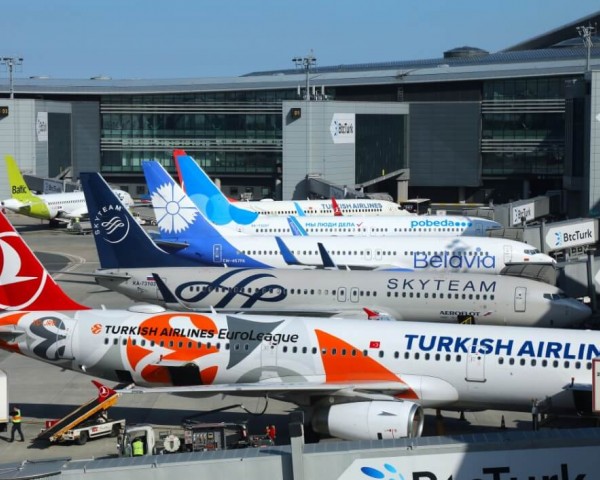According to IATA’s (the International Air Transport Association) annual report, the global net profit for air transport is expected to reach $31.5 billion in 2024, representing a 15% increase from the previous year. This figure is anticipated to rise to $36.6 billion by the next year.
IATA’s forecasts indicate a positive outlook for an industry that endured three consecutive years of losses due to the pandemic. Only last year did the sector begin to see improvements in profits, which are expected to continue to grow this year and next. The average net profit per passenger is projected to be $7 next year, down from $7.9 in 2023, but an increase compared to $6.4 in 2024.
Willie Walsh, the Director General of IATA, describes the airline industry’s recovery as “extraordinary,” with expectations of load factors exceeding 83% amid falling oil prices. According to Walsh, this development will help offset several challenges airlines cannot control, including ongoing supply chain issues, infrastructure deficits, burdensome regulations, and increasing tax pressures.
According to IATA’s forecast, next year, the airline industry is projected to surpass the milestone of one trillion dollars in revenue (approximately $1.007 trillion) for the first time, representing a year-on-year increase of 4.4%. Walsh emphasized that this achievement accounts for “almost 1% of the world economy.” However, he also pointed out that airlines face $940 billion in costs, interest, and taxes, resulting in a net profit margin of only 3.6%. This means that even in a promising year like the one expected in 2025, airlines will have just a $7 cushion per passenger between profits and losses.
Costs are anticipated to rise at a slower rate of 4%, totaling $940 billion. IATA also expects passenger numbers to increase by 6.7%, reaching 5.2 billion next year. The report indicates that passenger transport is projected to generate $705 billion in revenue, alongside an additional $145 billion from ancillary services.
European Airlines’ Outlook
All regions are expected to report improved financial results in 2025 compared to 2024, achieving a collective net profit in both years. However, profitability varies significantly by airline and region. For instance, African airlines are projected to have the lowest net profit margin at 0.9%, while Middle Eastern airlines are expected to have the highest margin at around 8.2%.
The report highlights that 2024 presented numerous European challenges that impacted the region’s competitiveness. These challenges included rising wages, grounded fleets, noise-related flight restrictions, increasing airport charges, burdensome regulations, and high national taxes.
Additionally, the ongoing war in Ukraine continues to affect airlines in Europe, with 20% of airspace closed. This closure forces longer routes to Asian destinations, as Russian airspace remains inaccessible to European carriers. Nonetheless, a slight rebound in profitability is anticipated for 2025, primarily driven by the low-cost carrier sector, which is moving away from the fleet shutdowns experienced in 2024 due to supply chain issues.
Net profit per passenger across Europe is expected to increase from $8.20 in 2024 to $8.50 in 2025, with demand rising by 7% and capacity increasing by 6.5%.
The ongoing challenges include supply chain issues, war conflicts, and the situation surrounding Donald Trump. IATA’s forecasts for global financial results are optimistic, citing expectations for lower fuel prices and increased efficiency. However, if these conditions do not materialize for any reason, the association warns that, given the industry’s narrow profit margins, the outlook “could change significantly.”
The Burden of the Supply Chain
The report highlights that ongoing supply chain issues may hinder demand growth, limit growth opportunities, and raise costs in various sectors, including aircraft leasing and maintenance.
Geopolitical and economic uncertainties represent some of the most significant risks, especially if the conflict in the Middle East escalates. IATA identifies a potential opportunity for positive outcomes if peace is achieved in the ongoing war in Ukraine.
According to IATA, Trump’s arrival at the White House introduces several uncertainties. These include the potential consequences of tariffs and trade wars, which could slow down business travel; inflation-related interest rate increases that might negatively impact demand; and the possibility of changes in government support for aviation decarbonization efforts in the United States.

